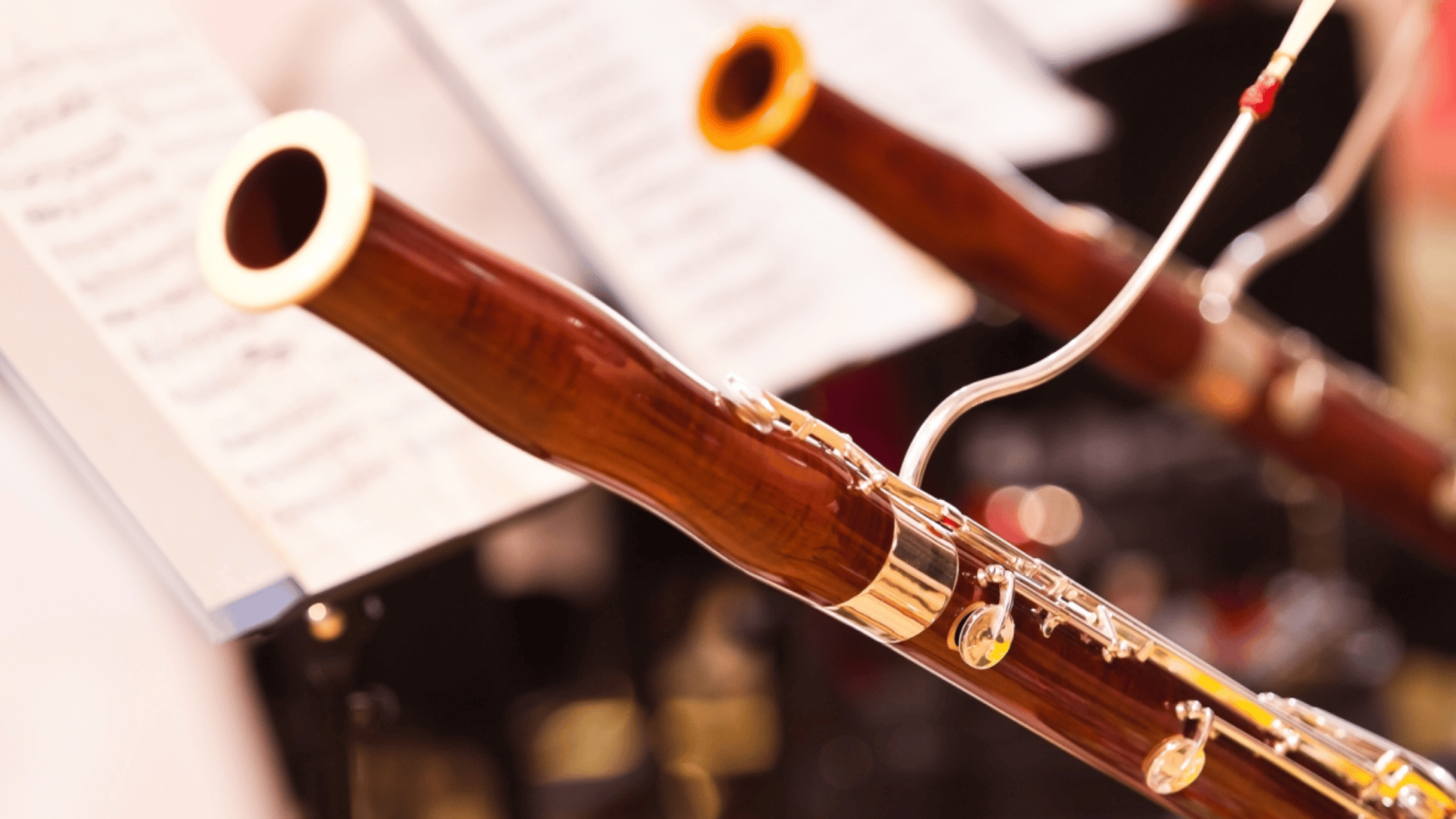The air/embouchure balance is the amount of pressure exerted on the reed by the lips as it relates to the amount of air pressure pushed through the reed. This balance not only affects intonation but also affects a student’s tone quality and dynamic capability. Because of the bassoonís great flexibility of intonation, this balance is critical. Any of you who have ever heard a young bassoonist try to release a note without the tongue has probably witnessed the effects of this balance. (First attempts at an air release usually results in the pitch falling considerably at the release. This happens until the student realizes that something must compensate as the air pressure is decreased.) There are three important areas that are greatly affected by air/embouchure balance. The first of these is intonation. To obtain a clear understanding of air/embouchure balance as it relates to intonation, there are four basic axioms that one must consider:
1. If you increase air pressure, the pitch moves higher.
2. If you decrease air pressure, the pitch moves lower.
3. If you increase embouchure pressure on the reed, the pitch moves higher.
4. If you decrease embouchure pressure on the reed, the pitch moves lower.
The best method I have found to describe how air/embouchure affects pitch and tone quality is to think of any pitch on the bassoon as a total of both air pressure and embouchure pressure. When an in-tune pitch is played, the pitch is said to be at 100%. A sharp pitch would accrue a number greater than 100%, and a flat pitch would be a number lower than 100%. For example, the A on the top line on the bass clef staff is 220 Hertz (cycles per second). If a student produces this pitch with 50% air pressure and 50% embouchure pressure, the pitch and tone quality will be correct, 220 Hertz (50% plus 50% equals 100%). However, if the student uses a normal amount of air pressure
(50%) and too much embouchure pressure (60%), the pitch will be sharp, and the tone quality pinched (50% plus 60% equals 110%). (Please note that the use of these percentages are simply for illustration and do not convey any exact pitch, amount of air or embouchure pressure on the reed.)
If a student plays consistently sharp on any particular note or register of the bassoon, the student is simply:
1. using too much air pressure
2. using too much embouchure pressureóor
3. using too much of both.
As elementary as this seems, to play perfectly in tune a student merely needs to find the correct air/embouchure balance. Unfortunately, the solution is also the problem since each note on the bassoon requires a different balance.
The second critical area influenced by the air/embouchure balance is tone color. As we have stated, a 50/50 balance of air and embouchure should produce an acceptable characteristic bassoon tone quality. But to produce a warm and vibrant bassoon tone the student should use as much air pressure as possible with just enough embouchure pressure to bring the note up to the correct pitch level. To obtain the optimum tone quality, think of a 60/40 air/embouchure balance or even a 70/30 balance. All too frequently, we hear students who not only play consistently sharp but play with a small, pinched tone quality. In this case, the air/embouchure balance might be 50/70. A pitch can be played with an incorrect air/embouchure balance and still be in tune. This can be accomplished by playing with 40% air support and 60% embouchure tension. This note would be in tune, but the tone quality would be pinched and the volume level not full. This is quite often the case with student bassoonists. With respect to most intonation and tone quality problems, students tend to err through the use of too much embouchure pressure rather than too much air pressure.
Remember, whenever possible, use the air support to obtain the desired intonation level, not the embouchure.
from Vol. 7, #4, p.28 (March-April 1992)






